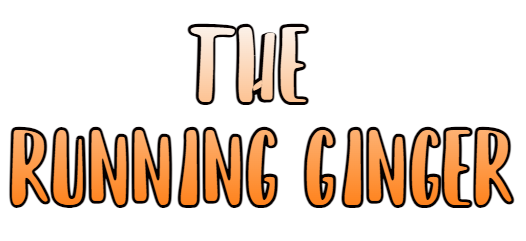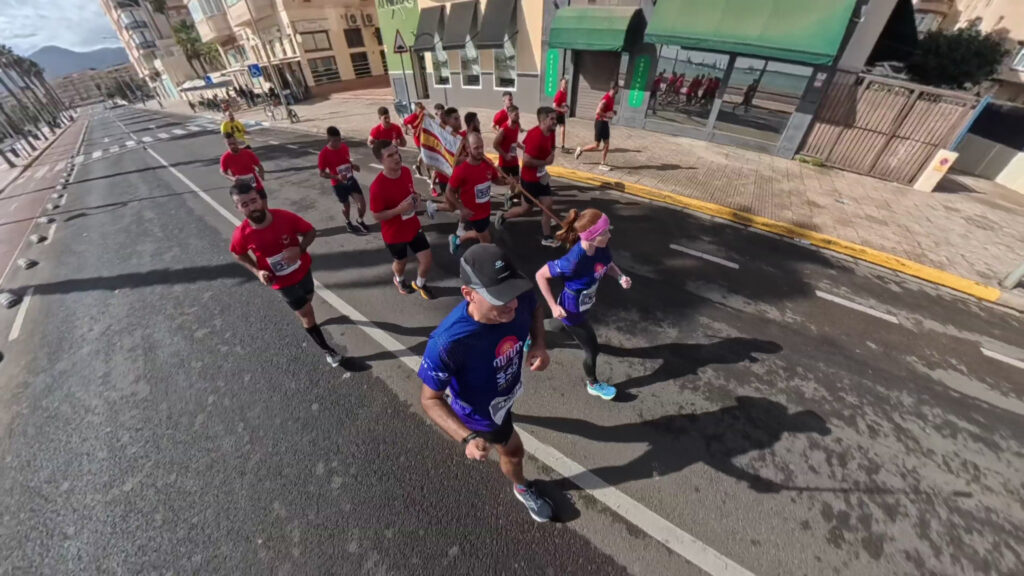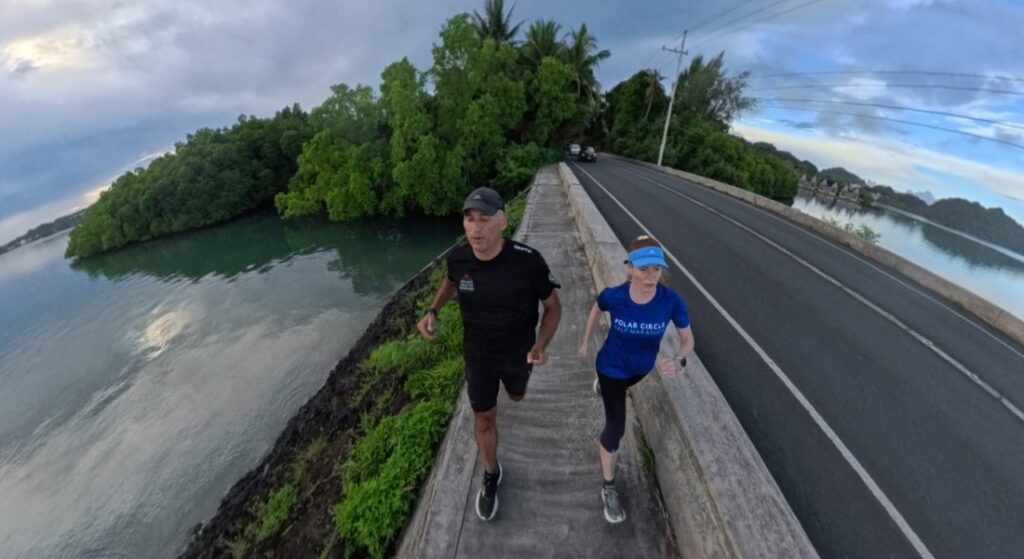Kinshasa, Democratic Republic of the Congo. 27th May 2024.
In my dreams there was a river that was as big as the sea, the Congo, “the river that drinks all rivers”, and it had crossed half of Africa to reach Kinshasa, capital of the Democratic Republic of the Congo.
“Vagabundo en Africa”, Javier Reverte.
One rainy day we caught a glimpse of the brown waters of the Congo River as we ran through Kinshasa’s richest neighborhood, Gombe, with many embassies behind high walls with barbed wire and heavily armed guards everywhere. And a few days later, we journeyed further to run in the chaotic streets of Bandalungwa and Kintambo.
After our experience I wrote the “ultimate guide” for business and leisure travellers alike, that you can read!
TLDR; “too long, didn’t read”
- I just want to run! Take me to RUN.
- I have 1 minute. Take me to USEFUL INFORMATION.
- Running is my excuse for travelling. Take me to TRIP.
- Running is my excuse for eating. Take me to CARBOLOADING.
- I want to know what to read in the plane. Take me to ONE BOOK.
🌍 The trip 📷: What to see around Kinshasa
Arriving to the Country 🛬
We arrived at Kinshasa after a 6h flight from Casablanca very early (or very late, depending on how you look at it).
We passed customs at 4am and had no problems as we had a Visa arranged with the Embassy a couple of months in advance. As I write these lines, it is not possible to obtain a “Visa on Arrival”.
Then, a random guy (a civil servant?) asked for a “special contribution” 💸 with some lame excuse. Not happy about it, we negotiated the bribe to be much less than expected and we could pass. What a nice welcome 😡!
Luckily things got better during the following days.
River Congo Cruise 🚤
The tour agency which works with the Congo River Marathon, “Motherland Escapes“, organised for us to take a River Congo Cruise from a lodge located north of Kinkhasa, outside of the frantic life of DRC’s capital.
It was a good choice, since the Congo River basin is home to a rich variety of wildlife, including many species of fish, birds, and other aquatic life.

This biodiversity is particularly rich in areas north of Kinshasa, and flows through a region characterized by dense tropical rainforests and diverse ecosystems.
Safari Beach: Not a recommended lodge!
However, the “resort”, Safari Beach, was not very hospitalary. They had us waiting for hours at dawn because our room was not ready, and they told us we could not wait in Reception because “they didn’t have the key”, while the Reception was open.

Also, they had told the agency that payment via credit card was possible, but it wasn’t. And the price for the room dramatically increased when they realised we were Europeans. … and they tried to charge us for a breakfast we didn’t take. Ah, and they did not accept 1 USD notes. And the prices in the bar were way too high and there was no courtesy water.
And, and… The list could be longer, but at least “Motherland Escapes” took good care of us, arranged for us to pay them so we did not have to pay in cash, and negotiated the ‘fluctuant’ prices 😜

That said, the cruise was a great experience – nothing short of what I had dreamt.
The cruise: much better!
The River Congo, particularly north of Kinshasa around the Maluku region, is intriguing and significant both geographically and culturally.
As we advanced, we saw a life so different to what we are used to. Here life revolved around the river, and we saw so many people bathing, having fun, washing their clothes or fishing:


The scenery reminded me of the descriptions I had read in Conrad’s book: so much, that I could not believe it.
When Conrad described the river as a “desert”, in the past, when I was reading the book, I did not see it. But then I understood: a desert of water and silence in some areas, where the river is mixed with the sky… all grey.

We also had the chance to drive the boat! So I could feel like Marlow, the main narrator in “Heart of Darkness”, who was a captain navigating these waters 🤣🤣

🏃♀️ Run #1 -Embassies Quarter 🏃♂️
We decided to venture into Kinshasa streets for a 5K run. And what an experience it was!
We did not take any pictures, though, apart from the ones stretching before and after the run.
The area was filled with “no photos” signs, plus there had been a recent attempt of a “coup d’etat” in the President’s residence, which was nearby. So we did not want to be confused with spies 🤫

We were staying in the Pullman Hotel, located in Gombe, a very good neighborhood in Kinshasa. Probably, the best one: it is here where not only the President lives, but all the Embassies are located, including the USA, the British and the Spanish one, which is only a few meters away.
As Roger put it, this is “the Avenida Pearson of Kinshasa”.

The Embassies Quarter
We ran 5K in very wide streets which were not in the best of conditions. The buildings were not visible, as they were all protected by very high walls with barbed wire on top. And the security guards were… everywhere! Every few meters were groups of heavily armed guys, looking very fierce, and equally bored.
We passed by the British, the Belgian and the Guinea embassy, recognising them by the flags (later, I looked at the map and realized we also passed a few others), seeing more and more uniforms and weaponry.
This was a good indicator we were in East Africa. The exuberant vegetation was another. We stopped at one point and marveled at the big trees, Irokos. There were a few ones which looked to be around 40m tall.
The Congo river… or not!
Our aim was to run in the Congo River banks, but we were not able to. When we reached our destination, we realized that access to the river was cut off. Everything was covered by high fences of the type used in construction sites… but with the addition of barbed wire, which was everywhere in this neighborhood.
We saw a small opening through which we could see the brown waters of the mythical river, but we heard them calling us with an angry shout. They were two soldiers wearing camouflage military uniforms and eggplant-colored caps, the uniform of the Congolese Republican Guard.

Angrily, they told us that access was forbidden because it was a “military site”. They were carrying rifles and they did not look friendly – honestly, nobody does, here. So we asked them if it was ok to run in the streets and forgot about the river.
We continued to run amongst the most diverse sights.
There were boys dressed in rags rummaging through the plastic garbage on the sidewalk, women in colorful flower dresses carrying baskets of bananas on their heads.. bu then also a local girl, super posh, dressed in sports leggings like a celebrity coming out of yoga class, entering a residential complex that looked like a fortress.
Finally we came back to the hotel, having to be super vigilant at the crossroads and the traffic.
In Kinshasa, we had learnt, no traffic laws exist!
🏃♀️ Run #2 -From Gombe to Bandalungwa and Kintambo 🏃♂️
We started again in Gombe: referred to as the “Manhattan of Kinshasa,” Gombe is the city’s administrative and diplomatic hub. 🏢
With its high-end restaurants, luxury hotels, and upscale residences, it’s a prime location for those seeking a sophisticated lifestyle 😍
We decided to go to the Congo River Marathon Health and Fitness Expo running, turning the event into an “Easy run” to warm up for the day after. And the experience was brutal!

Gombe
It is not easy to run through the chaotic and vibrant Kinshasa, but it is an electrifying experience in which you have to have all your senses alert, because the danger of tripping and breaking something, or of being hit by a motorcycle, a truck, a car or a truck, it is very real!
Kinshasa is a city of 17 million inhabitants, immersed in a contaminated atmosphere of pollution and constant heat (even in June, at the beginning of “winter”). The tremendous vegetation, huge trees everywhere, is detracted by the gray buildings, intense traffic and polluting fumes.

But I enjoyed the journey, because it allows you to experience a very different reality from Europe. And I liked that here, due to the complete lack of tourists (we were the only white people we saw on the entire trip), locals leave you in peace. Nobody will try to sell you something.
The training run was just over 5 kilometers and we went at a slow pace, because we had to be careful not to fall into one of the holes in the sidewalks (deep, some go directly to the sewers), avoid the piles of garbage, and, especially, motorcycles.
Going south
We left along Ave. des Batetela, still in the… “posh” area. Still, in some areas we were running over a sea of faded blue: hundreds of crushed plastic bottles!
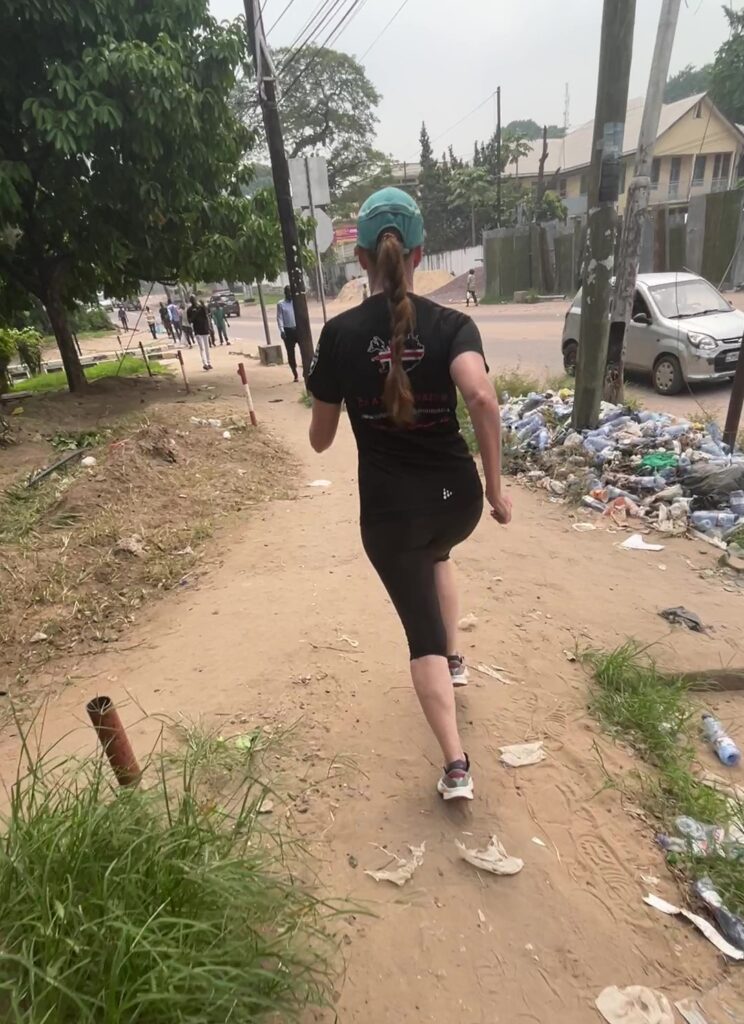
Next to us, a woman was sleeping on the floor and there were lots and lots of trash. When we reached the large Colonel Mondjiba Avenue, we went to cross in what in theory was an intersection with traffic lights . There was a skinny police officer with a blue uniform that was too big for him, a black beret and a bright green baton. He indicated to us with the usual unfriendly face that we should stand next to him, at the “zebra crossing.” We did it… and we were almost run over by a motorcycle with three guys, two of them soldiers carrying rifles!!!
The feeling of being in the middle of the big avenue, immersed in an atmosphere of noise and pollution, with two rifles passing centimeters from my face at full speed… I don’t think I’ll forget it for a long time!!! It was like living in a documentary about “armed conflicts in Africa”…
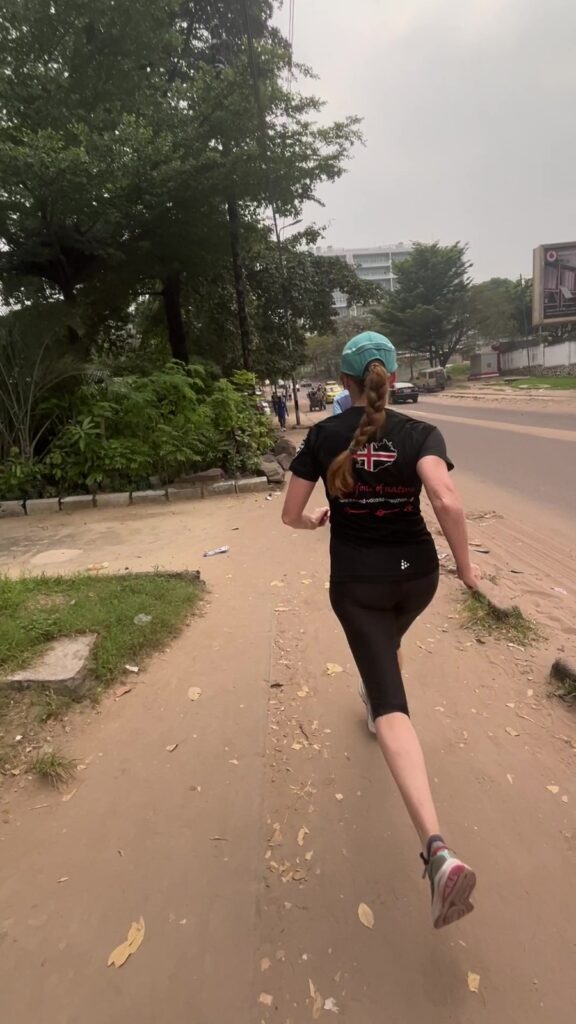
Entering Kintambo
Later, in the Avenue du Camp Militaire they sold everything: I saw plastic world balls, urinals, Versailles chairs and many sofas. Everything impeccably clean, funnily enough. The contrast between the prevailing dirt and how clean the people were dressed and the merchandise that was sold is… big!
Finally we arrived at O.U.A, almost crashing into a boy who was carrying on his head a plastic bag with handkerchiefs and other trifles to sell.

And there was the Decathlon, where the “Health and Fitness Expo” was taking place, where we stopped; my Garmin marked 2.7 kilometers.
The way back was similar: just as chaotic, but we were more used to it. We arrived safely, a little tired from the heat, but infected by the vibrant energy of this great city!
And looking forward to running the day after!
🍜 Carboloading 🍝: What to eat in the Democratic Republic of the Congo if you are a runner
One of the most typical dishes is Liboke, a dish and way of preparing food in the Congo Basin that consists of “packaging” food in banana leaves. It is cooked in an oven or directly on a rack placed over a fireplace. The most popular are Liboke ya mbisi, Liboke ya ngulu and Liboke ya po.
During our cruise, we stopped at “Le Petit Paradis“, in Maluku. A relaxed location with local guests. One word of caution: in the Congo you need to have patience because timings are very different than those in Europe.
The chef took more than one hour and a half for our dish, but at least, it was amazing to have time to relax, see life at the river, and, of course, be eating in front of the fishermen fishing, right there, a few meters away…

Capitaine: the best thing after Liboke 😂
We asked for Liboke, but as it was not available, we had Capitaine (Nile Perch), a fish dish which is very common here.
This dish has multiples advantages for us runners:
- High-Quality Protein: Nile perch is an excellent source of high-quality protein, which is essential for muscle repair and growth. For runners, adequate protein intake is crucial for recovery after intense training sessions and for maintaining muscle mass.
- Low in Fat: Nile perch is relatively low in fat compared to some other fish, making it a good option for those who are looking to maintain a lean physique while still getting the necessary nutrients.
- Rich in Omega-3 Fatty Acids: Although not as high in omega-3 fatty acids as some other fatty fish, Nile perch still contains these essential fats, which have anti-inflammatory properties. This can help reduce muscle soreness and joint pain, aiding in faster recovery and reducing the risk of chronic inflammation-related injuries.

Benefits apart, it was delicious! (We forgave the fact that we had to wait for so much time… it was worth it).

Useful information
🏆 5K runs around Gombe, Kinshasa, Democratic Republic of the Congo – Africa.
👟 Urban: Bring shoes for hard surfaces (if you are in Gombe), although some streets in Kinshasa are not paved!
✅ The possiblity of seeing ‘real life’ in Kinshasa: life here is lived in the streets! Also getting familiar with the many uniforms, security forces and weaponry that are around Gombe 😜
❌ It’s ugly, and not particulary easy to run. The area is safe, but do not venture into other Kinshasa neighbourhoods at night!
❌ You do not get to see the Congo River 😧

Map


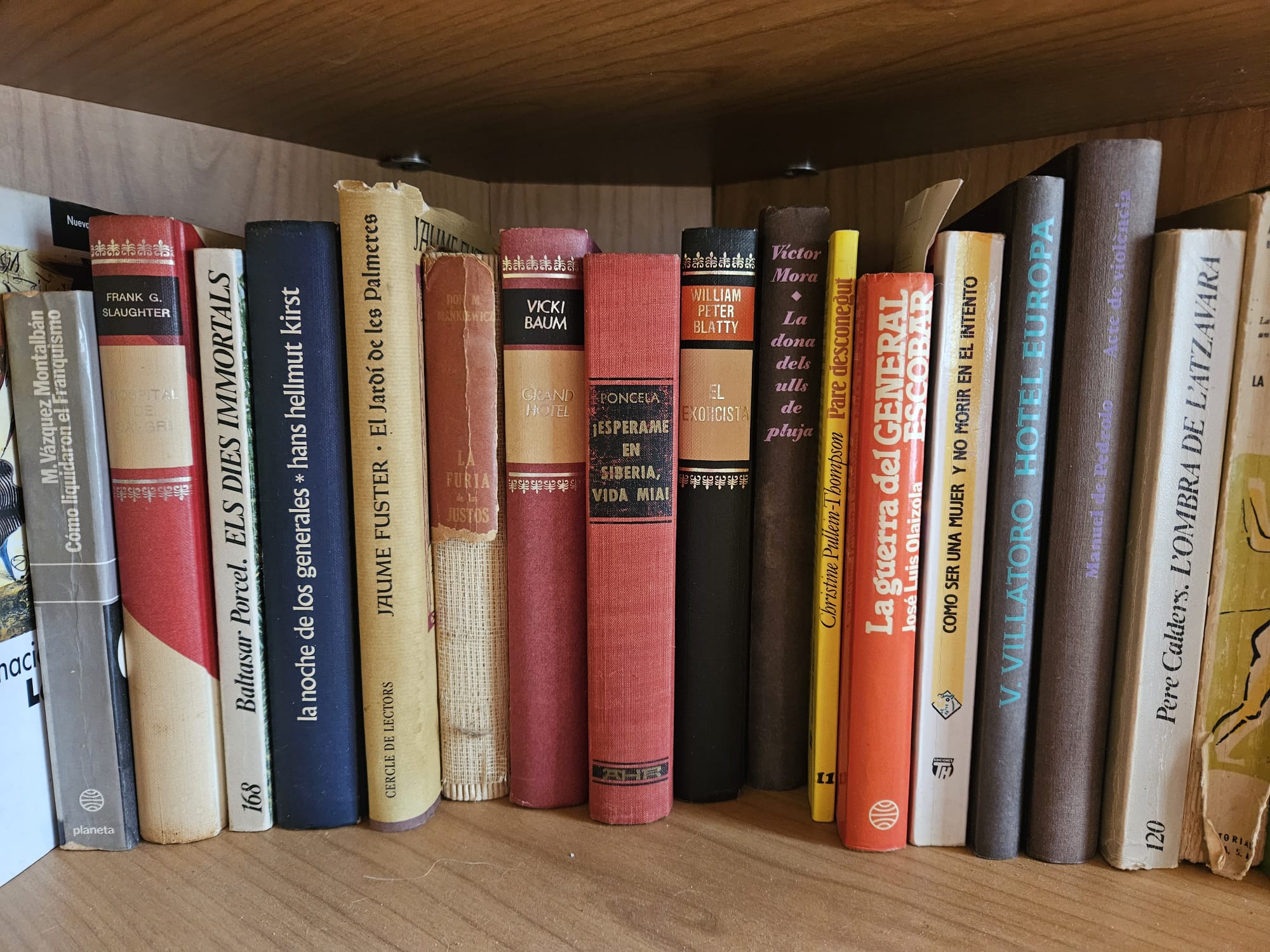
One book
Conrad himself wrote in the preface to the 1902 edition of his novel: “Heart of Darkness is experience carried a little (and only a little) beyond the actual facts, for the purpose, perfectly legitimate in my opinion, to bring it to the minds and hearts of readers.” Conrad saw something profound in the Congo and then wrote about it, what they call “the dark side”, a very rare aroma in literary works and that all readers admire without understanding it in its exact dimension.
“Vagabundo en Africa”, Javier Reverte.
“Vagabundo in Africa”, by Javier Reverte.
I have picked “Vagabundo en Africa” for this blog post, and left “Heart of Darkness” for the Congo River Marathon post.
“Vagabundo en Africa” shaped my life, in a way. Since reading it, Autumn 1998, I have been longing for adventure and for travelling. The best way to explain what this book means to me is the following lines:
The great works of literature, and the epic of history, awaken in many of us, passionate readers, an irrepressible impulse to relive the adventure. “We travel literary,” as Chatwin said, with a somewhat neurotic desire to gain ground over time, I add. Joseph Conrad sailed the Congo in 1890, driven by a desire for adventure that made him compare himself to Don Quixote. That trip, in which he traveled one thousand seven hundred kilometers of the river, from Leopoldville (today Kinshasa) to Stanleyville (today Kisangani), awakened in the soul of the then sailor a deep writer’s consciousness. “Before the Congo – he later wrote in one of his letters – I was just an animal. And he revealed to him a truth that is old in literature and that permeates all Conradian work: imagination is a creative way of ordering experience, and it is also a teacher of life and art.
“Vagabundo en África”, by Javier Reverte.

Plot Summary: On his second trip to the African continent, Javier Reverte traveled through South Africa, Zimbabwe, Tanzania, Rwanda and Congo * leaving us a new and shocking story about the mystery of Africa and the risk of traveling through unsafe territories.
The innumerable battles fought in South Africa, the Rwandan genocide of 1994 or the horrors suffered in Congo, when it was almost a personal estate of King Leopold II of Belgium, are some of the historical events that the author covers with hard and beautiful, epic prose. and lyrical at the same time, which concludes brilliantly with navigation through the waters of the gigantic Congo River. Vagabond in Africa is a book that reads like a novel, full of passion, and at the same time tells us about the dark labyrinths of the human soul. It is also a song of faith in man, because, in the words of its own author, where there is a desire, there is a way. Critics have said: “Reverte makes readers walk alongside him with naturalness, tenderness, curiosity, insight, humor, passion and a deep understanding of humanity”
